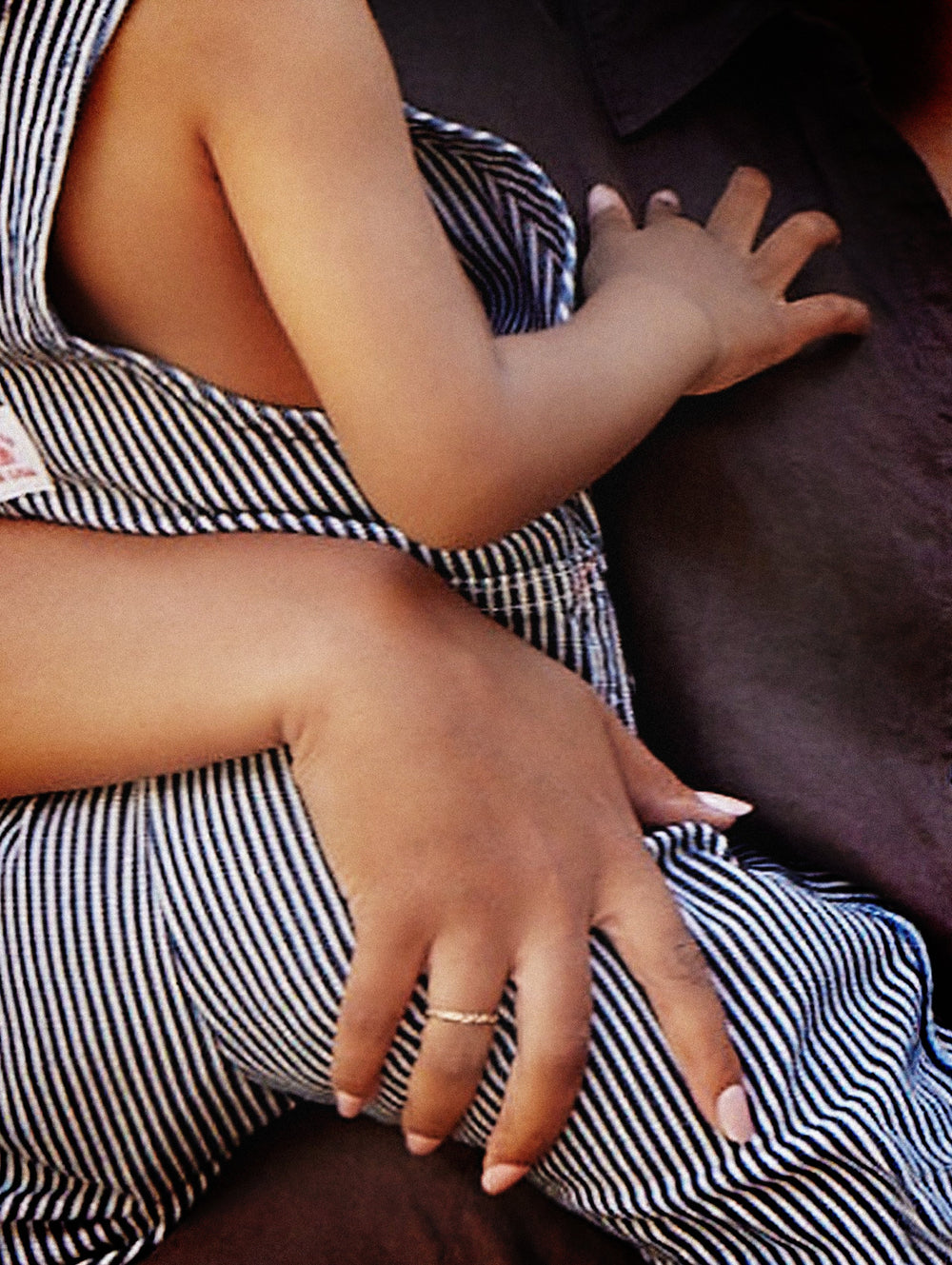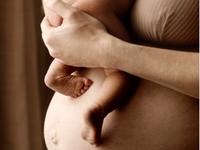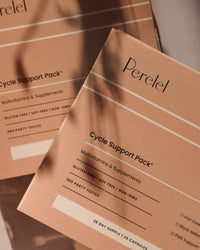By Diana Ruzova
As fulfilling as motherhood is, it’s also steeped in unpaid labor (breastfeeding, meal prep, laundry, oh my). But, beyond the domestic sphere, the pay gaps working moms encounter remain a huge obstacle in gender equity.
It’s no secret that moms who work on top of taking care of their kids are overworked—but it turns out they are also underpaid. This phenomenon, called the Motherhood Penalty, occurs when women’s pay decreases after they become mothers, while newly minted fathers have no decrease in income and can even sometimes see a slight increase in their salary, called the “fatherhood bonus.” This might all sound archaic or a throwback to the 1950s—unfortunately, it's still a reality here and now. Similar to the gender gap where women make only 84% of what men make, the Motherhood Penalty shines a light on how the cost of parenthood falls disproportionately on women.1,2
In honor of Women’s History Month, let's take a deeper dive into the numbers as a reminder of the important work to be done.
The numbers
The motherhood penalty makes up 80% of the gender pay gap.
This emphasizes the toll motherhood takes not just on women’s bodies but also on women's careers.The data further shows the income disparity between working mothers and working fathers.1
Mothers make 58 cents to every dollar paid to fathers.
Working mothers experience more overall work and less money. While studies have shown that fathers spend just a third of the time mothers do on unpaid work.4,5
Research shows that between two years before the birth of a heterosexual couple’s first child and one year post-birth, the wage gap between spouses doubles.
This income gap continues to grow until the child is 10 years old. Even though having a child comes with all kinds of economic benefits for society, it is clear that mothers are individually penalized for having children.6
According to surveys, 49% of women who are so-called ‘corporate ultra-achievers’ at age 40 are childless, compared to 19% of their male counterparts.
33% of women who are business executives, doctors, lawyers, academics, and the like in the 41-to-55 age bracket are childless—and that figure rises to 42% in corporate America.7
Economist Sylvia Ann Hewlett uncovered that when women take only one year off to raise their children, they also lose 15% of their lifetime income.
When they take three years off, they lose a staggering 46%. It’s really no surprise why some mothers choose to avoid these career gaps and continue to work full time in an attempt to “do it all,” leading to burnout and still less pay than their male and childless female counterparts.8
According to the Chamber of Mothers, if women were to charge for their lactation services, they could make a comfortable $97,027.80 a year.
A shocking reminder of the hard invisible unpaid labor of being a new mom.9
The United States is one of just two countries without national maternity leave.
The other country is the small island nation of Papua New Guinea. On the other hand, Estonia offers the best maternity leave package for employees compared to other nations. New mothers are offered up to 86 weeks off before and after giving birth, with 20 of those weeks covered by 100% paid salary.10
In 2022, there were 1 million fewer moms in the workforce than then were pre-pandemic.
Without childcare, mothers shouldered the burden of parenting—at the expense of their careers.11
At our current rate, the gender gap is set to close in 2088.
About 230 years after women first joined the workforce during the Industrial Revolution.
The news isn’t all bad.
It’s important to celebrate the progress made as we continue to push for more equity for mothers in the workforce—and beyond.
Studies suggest that if we had gender parity in the workforce, the U.S. GDP would increase by 26%. That makes closing the pay gap—and making the motherhood penalty a thing of the past—a total win-win.7
Looking to get involved? The nonprofit Chamber of Mothers is an all-volunteer effort focusing on government policies and systemic change that impact moms across the country.
Shop the Article:
Next up: 16 Alarming Facts About the Women's Health Gap
References:
- World Economic Forum. (2022, May). Reduce the motherhood penalty to close the gender pay gap.
- American Association of University Women. (n.d.). The simple truth about the gender pay gap.
- American Association of University Women. "Motherhood & Work: Yet Another Gender Gap."
- World Economic Forum. "Gender Gaps in the Workforce: An Emerging Crisis." Global Gender Gap Report 2022
- United States Census Bureau. "Changes in U.S. Wage Inequality Over the 1980-2017 Period: Measurement and Data Issues." 2017
- Hewlett SA. Executive women and the myth of having it all. Harv Bus Rev. 2002 Apr;80(4):66-73, 125. PMID: 11930783
- Hewlett, Sylvia Ann. "Can Women Get a Fair Shake in 2020? The Good, the Bad, and the Future."
- Kappes, Wyndi. “Breastfeeding Isn't Free—In Fact, It's Worth $97,000.” The Bump, 3 August 2022
- "The Economist." America is the only rich country without a law on paid leave for new parents, 18 July 2019
- Equitable Growth. "Women's History Month: U.S. Women's Labor Force Participation."
- Justworks. "Countries with Paid Maternity Leave." Justworks Blog.





























